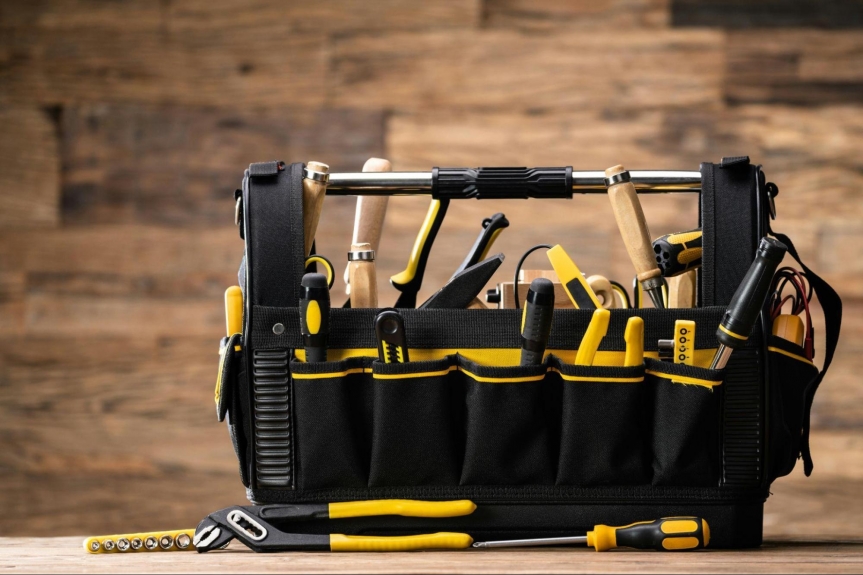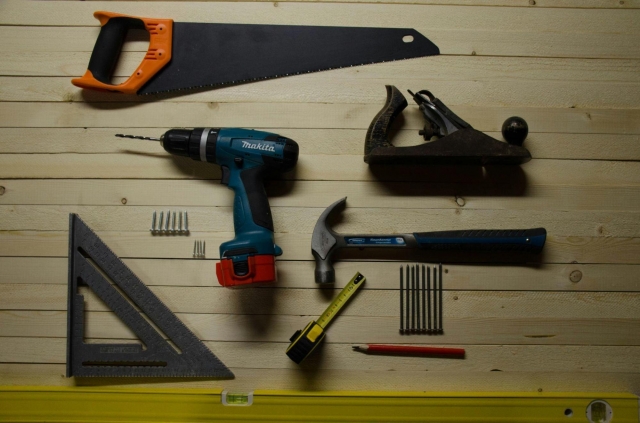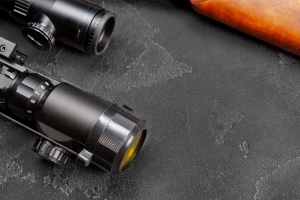We live in an era of abundance, more apps, more gadgets, more “solutions” promising to make life easier. Yet, somehow, all that choice often leaves us feeling overwhelmed. The paradox of modern efficiency is that the more tools we collect, the less productive we often become.
Even in simple, everyday contexts, the question comes up: What’s really necessary? Take a homeowner trying to choose outdoor equipment. When reading guides like Equipment Outfitters on “what size log splitter do I need,” they quickly learn that efficiency isn’t about buying the biggest or most expensive tool, it’s about selecting the right one. The same principle applies far beyond the garage or workshop. Whether in work, technology, or personal growth, less can truly mean more, if chosen wisely.
The problem with “more”
It’s easy to mistake accumulation for progress. A new app, a new gadget, or a new productivity method can create a burst of motivation, but often only adds complexity. The more tools we rely on, the more maintenance, learning, and integration they require.
In business, overtooling is common. Teams switch between five different project management platforms, each offering similar features. Homeowners buy multiple gadgets for the same job, only to discover they use one consistently. The same pattern repeats in our personal lives, more subscriptions, more tabs, more noise.
Minimalism isn’t about deprivation; it’s about design. It’s about asking: What truly serves me? and What is simply taking up space?
When we intentionally narrow our toolset, digital or physical, we reduce friction. Tasks become simpler, decisions become faster, and focus returns.
The case for doing less, better
There’s a quiet power in mastery. Using one reliable, well-understood tool consistently often outperforms juggling several you barely know.
According to Harvard Business Review, “simple systems outperform complex ones because they’re easier to execute and adapt under stress.” This principle is visible everywhere, from technology teams that focus on one core metric to artisans who perfect a single craft.
Minimalism in practice doesn’t mean you stop innovating or exploring. It means that everything you choose earns its place.
When you only keep what adds measurable value, whether a piece of equipment, a task, or a digital subscription, you create space for quality, clarity, and rest.
Applying minimalism in everyday life
The best way to start is not by throwing things away, but by observing. Over a week, take note of what tools, platforms, or objects you actually use, and how often.
Ask yourself:
- Does this tool make my life easier, or just busier?
- Do I use it regularly, or do I just like the idea of owning it?
- Could one solution replace several smaller ones?
In most cases, you’ll find redundancies. That’s your opportunity to simplify.
For instance, if you spend more time managing apps than doing the work itself, it might be time to consolidate. If you have five devices for home maintenance but rely on just one or two, keep those and let the rest go.
This same principle extends beyond physical tools. Simplify your digital space, unsubscribe from cluttering emails, archive inactive chats, close unused tabs. Minimalism is less about physical decluttering and more about mental decluttering.
Lessons from the workshop
Interestingly, people who work with their hands often understand this balance intuitively. A craftsman knows the value of a sharp chisel over a full but unrefined toolkit. A gardener understands that one good tool, used skillfully, can replace several cheap ones.
That’s why practical guides, like Equipment Outfitters’ insights into choosing the right log splitter, resonate. The decision isn’t about power; it’s about precision. The right fit ensures you do the job efficiently without excess effort, energy, or waste.
This thinking mirrors how we approach work and life. The best outcomes come not from having everything, but from knowing exactly what you need, and using it well.
Minimalism as a mindset

True minimalism isn’t just an aesthetic of empty desks and white walls. It’s a mindset rooted in intention. It’s about aligning your environment, your habits, and your tools with your goals and values.
When you embrace this mindset:
- You make fewer but higher-quality decisions.
- You reduce mental fatigue.
- You rediscover satisfaction in focus and completion.
The shift can be subtle but powerful. Imagine a day without switching apps every ten minutes, without managing unnecessary tools, without the noise of constant comparison. What you’re left with is presence, the ability to give full attention to what’s in front of you.
Doing more by doing less
The irony is that simplifying often expands your capacity. When you reduce friction, your energy and creativity multiply.
Think of minimalism as an amplifier, stripping away the distractions that muffle your true potential. You can apply it to:
- Work: Focus on one major goal per quarter instead of five scattered projects.
- Home: Invest in fewer, better tools and maintain them well.
- Well-being: Streamline your routines so that each action has purpose.
The result isn’t emptiness, it’s efficiency, clarity, and calm.
The balance between simplicity and sufficiency
Of course, minimalism doesn’t mean asceticism. You don’t need to own just one spoon or one pair of shoes. The goal is sufficiency, having exactly enough to support your work and well-being.
When practiced wisely, this approach prevents burnout, reduces waste, and reintroduces gratitude for the tools you do have. Every object becomes intentional. Every action becomes meaningful.
So the next time you find yourself reaching for “just one more” app, gadget, or purchase, pause and ask: Is this helping me, or just filling space?
In that simple question lies the core of practical minimalism, and perhaps the path to a lighter, more focused life.






